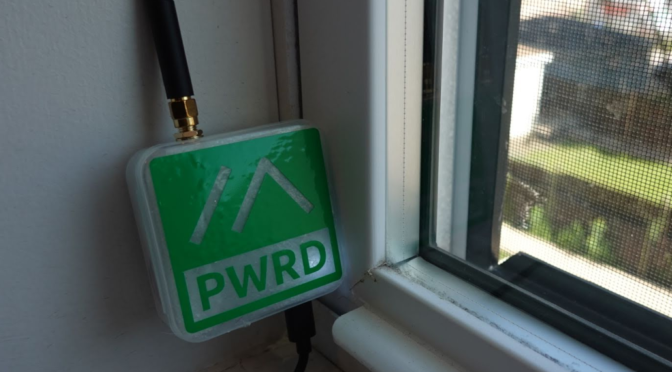I recently came across Meshtastic while browsing YouTube, and after diving into the details, I was impressed by its potential. This open-source project uses LoRa radios to create a decentralized communication network, making it an excellent choice for outdoor enthusiasts, emergency responders, and technology hobbyists. So I decided to an ESP32 LoRa V3 to try out for myself.

What is Meshtastic?
Meshtastic allows users to send text messages and share location data without relying on cell networks, Wi-Fi, or satellites. It does this by building a mesh network, where each device relays messages to extend the range of communication. Unlike traditional two-way radios, it enables text-based communication over long distances with minimal power consumption.
Key Features of Meshtastic
Here are some of the standout features that make Meshtastic a compelling option:
- Exceptional range – A record distance of 331km has been achieved with LoRa technology.
- No reliance on cell towers – Works in remote areas without requiring a mobile network.
- Encrypted communication – Ensures privacy and security.
- Low power consumption – Ideal for extended use in off-grid scenarios.
- Decentralized and resilient – The mesh network remains operational without a central infrastructure.
- GPS tracking – Optional location-sharing capabilities enhance navigation and coordination.
How Does It Work?
Meshtastic operates using LoRa, a long-range, low-power radio protocol that does not require a license to use. Each device in the network acts as a relay, forwarding messages to extend the communication range. This means that even users positioned at the outer limits of the network can stay connected.
Users can also pair a Meshtastic radio with a smartphone via Bluetooth, allowing them to send messages from their phone’s interface. However, each radio can only connect to one phone at a time.
Who Develops and Supports Meshtastic?
Meshtastic is a community-driven, open-source project, actively maintained by volunteers who are passionate about resilient communication technology. The project is available on GitHub, and users can engage with the community through Discord or the official discussion forums to ask questions, share experiences, and contribute to its development.
Getting Started with Meshtastic
Setting up Meshtastic is designed to be straightforward, with extensive documentation and community support available. If you run into any challenges, there are plenty of resources, and users are encouraged to contribute to the documentation to help others.
Conclusion
Meshtastic is a game-changer for those who need reliable, off-grid communication. Whether you’re an adventurer, emergency responder, or tech enthusiast, this innovative project provides a cost-effective and efficient way to stay connected in areas where traditional communication fails. If you’re curious, it’s worth exploring—you might find it as fascinating as I did!


